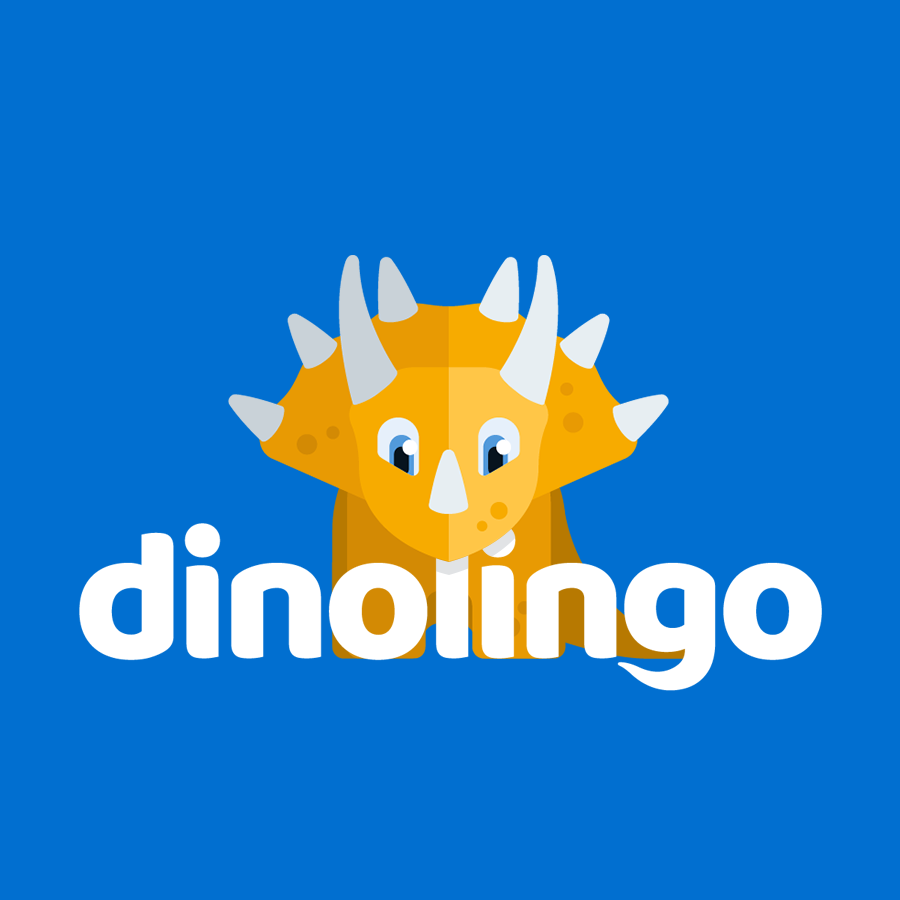Korean Culture for Children
Food
In some ways, Korean food is similar to Japanese and Chinese cuisine. They all eat rice daily. However, there is one dish unique to Korea and that is kimchi. Koreans pickle vegetables rather than cook them. The pickled vegetables are called kimchi which Koreans eat every day. It may be served for breakfast, lunch or dinner. Any vegetable may be pickled but the ones most often used are cucumbers, cabbage, and turnips. When pickled, vegetables lose their natural flavor and taste like the seasoning. Many different seasonings are used. The most popular are fish sauces, onion, chili, garlic, and ginger.
Rice cakes, called Deok, are made for special occasions. Recipes, shapes, and colors differ throughout the country. Cakes also vary according to the occasion. Square cakes dipped in bean flour are often made for weddings and important birthdays such as the first or sixtieth.
Korean teens appreciate pizza and Coke however they are likely to choose prawn crackers (shrimp flavored) over Doritos and they enjoy different types of tea drinks. Teas are canned and bottled just as sodas are in the West.
Clothing
Traditionally, the color and type of clothing worn by Koreans depended upon their place in society. The common people generally wore white. But they might dress up in colorful clothes for special occasions such as festivals and weddings. Members of the upper class and royalty usually dressed in bright colors. Certain colors, such as gold, could only be worn by royal families.
The traditional style outfit was the hanbok. A woman’s hanbok had a blouse, called a chogori, and a very full skirt. The blouse tied at the waist and had long full sleeves. The skirt or chi’mu reached to the ankles. Numerous petticoats might be worn underneath to increase the fullness. The chi’mu was fastened by tying across the chest just under the arms. The men’s chogori tended to be longer than the women’s and was styled more like a tunic. Instead of a skirt, men wore baggy trousers called paji.
Today most Koreans wear typical Western attire although they dress conservatively and favor darker colors. Levis are very popular with men and women. The hanbok is reserved for ceremonial occasions and is sometimes worn by the older generation.
Festivals, Holidays and Celebrations
All Korean holidays are based on the lunar calendar. The two most important are Seolnal and Chuseok. Chuseok, also known as the Harvest Moon Festival, is a time for Thanksgiving and honoring one’s ancestors. In the morning, the family gathers around the ancestral shrine to participate in memorial rites showing respect to the ancestors. Afterward they share songpyeon, a rice cake made from beans, adzuki, chestnuts, jujube, and other grains. They may play a game called Gama Fight. Here, two teams play. Each team has a sedan chair equipped with four wheels. The object of the game is for one team to either capture or destroy the other team’s chair. Yut is another popular New Year’s game. Everyone eats rice soup since this will bring them good fortune in the year to come. Families also visit the ancestral graves and pay their respects. There is music and dancing while people sing songs asking for good fortune. Children also make promises to obey their elders all year
Famous Stories
Perhaps the most famous Korean story is The Tale of Chunnhyang. It is a popular love story that has been told in various films and TV shows. Yi Mongryong is the son of a prosperous, upper-class family. He meets and immediately falls in love with Sung Chunnhyang who is beneath him socially but very beautiful. He wants to propose marriage but before he can do this, he must first go to Hanyang and take a government exam. While he is away, a local and corrupt government official, Bhyn Hak-do also wants to be with Sung. Sung will have nothing to do with Bhyn. As a result, she is tortured. Later, Mongryong, having passed his government exam, returns. He discovers what Byun has done and immediately punishes him. He then rescues his sweetheart and they are married.
Children’s Games
Many Korean games are played with sticks and stones. Gonggi is played with small stones about the size of a grape. The stones are laid on a flat surface. A player picks one up and tosses it into the air from the palm of the hand. Then the player must immediately turn over the palm and catch the stone on the back of the hand. The game can be made more challenging by tossing more than one stone at a time.
Girls like to play a stone game similar to jacks. Small stones are placed on a flat surface and a ball is tossed into the air. The object is to pick up as many stones as possible prior to catching the ball.
Yut is a popular board game for the Lunar New Year celebration. Four players or even teams can play. There are four sticks, each with a curved side and a flat side, along with a board. The sticks are tossed into the air at each turn. The results control the number of spaces a player can move on the board. The first player or team to make it all the way around the board wins the game.
Verbal and Nonverbal Communication
Koreans once used Chinese characters for writing. However, in the 15th century, they developed a national writing system called Hangui that is still used today. Korean words have special endings to use when speaking to an elder or one to whom you owe respect. These endings are called honorifics.
In Korea, never motion people to come toward you with the palm of your hand facing upwards. This gesture is used to command a dog so it is rude to use it with people. To signal a person to approach you to extend your arm with the palm facing downward and wave your hand. Left-handed people might find it difficult to live in Korea as one must always remember to use the right hand to give something to someone. Dishes at the dining table are always passed with the right hand. Like most Asian nations, Koreans avoid touching so hugging is not acceptable.
Values
Koreans need to be very careful not to behave in a way that would embarrass their family. Children are expected to work hard in school and respect their teachers. Women do not have equal rights in Korean society as they might in other cultures. Men and boys are considered more important than girls. Korean female teenagers complain to each other about having to help with the cooking and housework while their brothers do nothing around the house. Older people are highly respected. Koreans also show great respect to their ancestors who have passed on.
Workers are expected to obey their boss however the boss should never scold the worker in the presence of others. It is crucial in Korean society to avoid embarrassing someone or hurting their feelings.
Fun Facts
Korea, once a unified nation, is now divided into two separate countries, the Republic of Korea in the south and the Democratic Peoples’ Republic of Korea in the north. They are separated by a strip of land called the Demilitarized Zone or DMZ.
Four is considered a very unlucky number in Korea. Sometimes in buildings, floors are numbered 1, 2, 3, and 5. The number four is skipped and the fifth floor is really the fourth floor.
When you visit a Korean home, you should always remove your shoes at the entrance.
Scientists at Seoul National University in South Korea created the world’s first cloned dog. It was an Afghan hound named Snuppy.
Famous Places
One of Korea’s most famous places is truly magical for the young in years and the young at heart. Everland Resort is a theme park complete with a racetrack, zoo, and water park. Everland is home to the T Express. Measuring 5,838 feet in length, it is the longest wooden roller coaster on Planet Earth. Its 77-foot drop also makes it the steepest of the world’s coasters. The park has four other coasters, one with a speed of 52 miles per hour.
The Everland Speedway hosts many professional racing events. But what it may be most loved for is the opportunity for thrill seekers with no racing training to be race drivers for an hour or so.
Important Note: This article was written by a person who is familiar with Korean culture based on his or her personal anecdotal observations. Additionally, there are quite a few generalizations to make the article easier to understand for the children. Dino Lingo does not accept any responsibility for errors, omissions or subjectivity in the content of this post.
We are wondering what you know about Korean culture…Why don’t you tell us what you know by leaving a comment below? (make sure your comment is written in a language that can be understood by small children).

Online Korean lessons for kids: dinolingo.com


I learned a lot.
Korea is cool!
it is awesome
I am doing a report and I think this is a very useful website
Thank you,I found out a lot.
It’s fantastic!
This is goooooooood! terrific
thank you so much i learned heaps about Korea. THANK YOU!!!
interesting!
true that!
Im doing a project about this and this website helped me A LOT
And also im really proud of my nationality KOREA 😀
this is gay screw this website
well need info for project hope these facts turn out good!!!
🙂
I like this a lot because I am doing a project and need facts I also learned a lot.
Thank you it helped a lot at my vacation project. And I’m very proud of my nationality, Korea too like Elizabeth Ahn. 동지여ㅋ
This was such a easy website to use it wasnt realy hard to read like most other information websites and this made finding information really easy
thank you very much helps a lot!
I just wanted to say that this information help me . Thank you for posting this website up ! If it werent for this website , I would have failed on my project and got and F . But I got an A+ !
~&hearts
This a great website!!!I wish everybody would know about this website!!!We’re even using Korea for United Nations Day,and it helps *A LOT*!!!
wowwwwwwwwwwwwwww
this is all right but also alot of writting and has got no pictures but it helped 🙂
awsome
thanks
I am from Korea.This is a great article that is about my ancestors and I can say to the author,”thank you”.I love this!!!!
why doesnt it talk about music at all?that was what I wanted to find out more about but whatev cause these facts are soo helpful thnx! XD
I love this for My report thanks
I love this for My report
like this lots
even though I’m korean I learned a lot from this
(i was born in america and knows how to write korean, but does not know the history and some other things)
Hi
Thanks!
This website was soooo useful and it helped me with my project so much. Thanks
this is just what i needed. Thanks heaps.
love it. This website is soooo helpful. It has everything I need on it for my project. Thanks so much! I really appreciate this. I would definitely recommend this site to all of my friends. Thanks heaps!